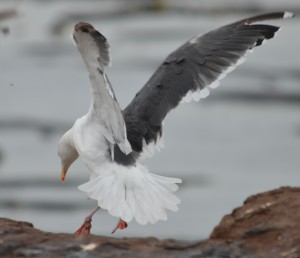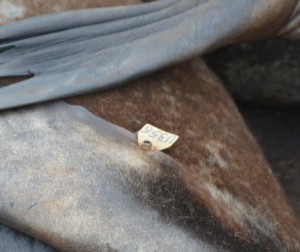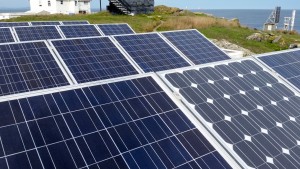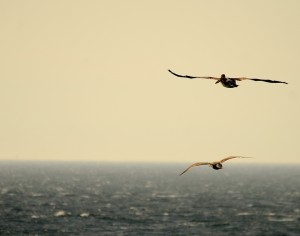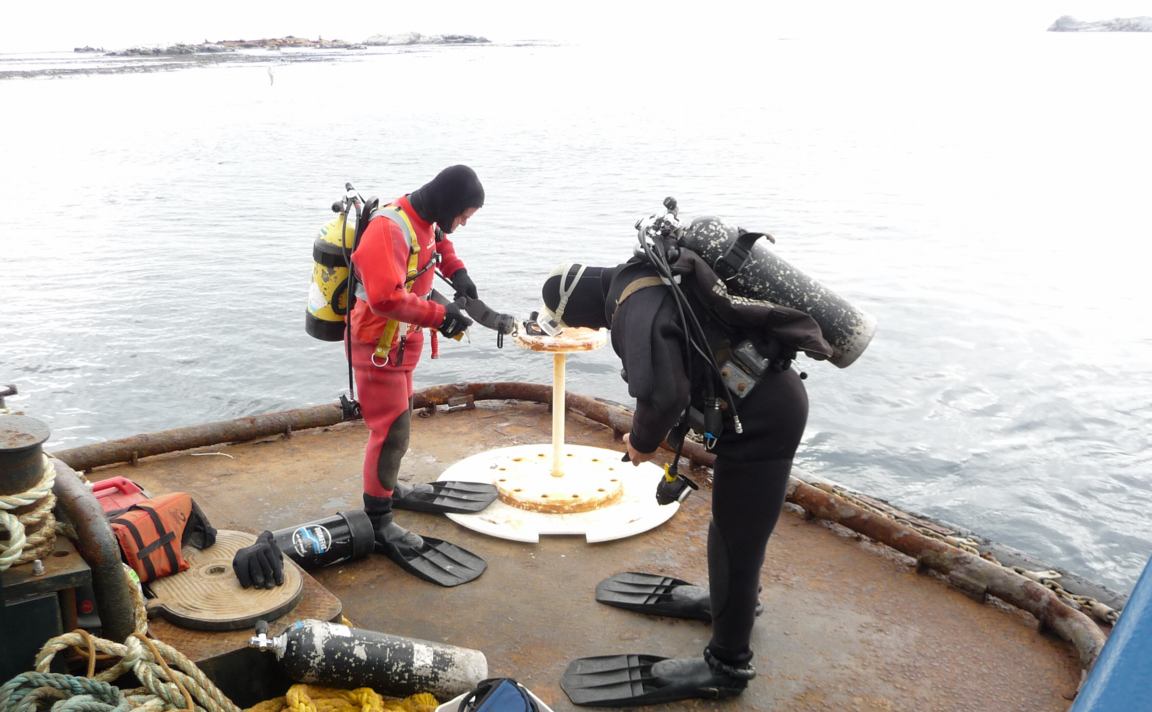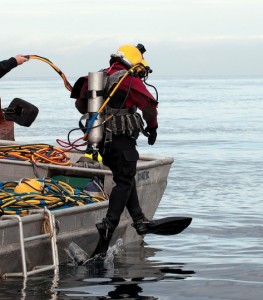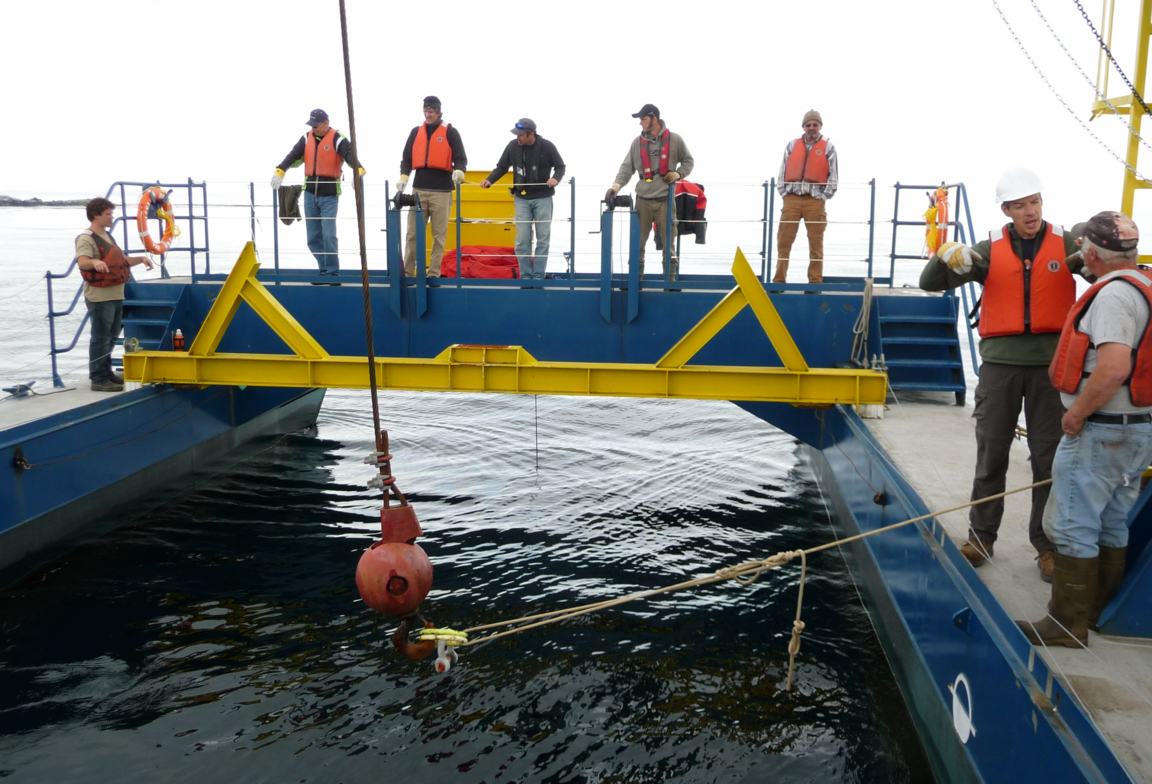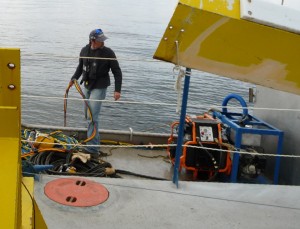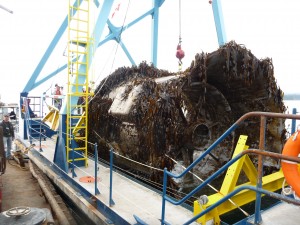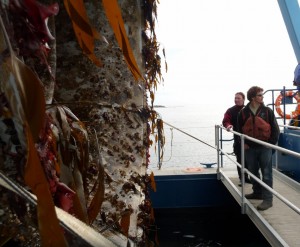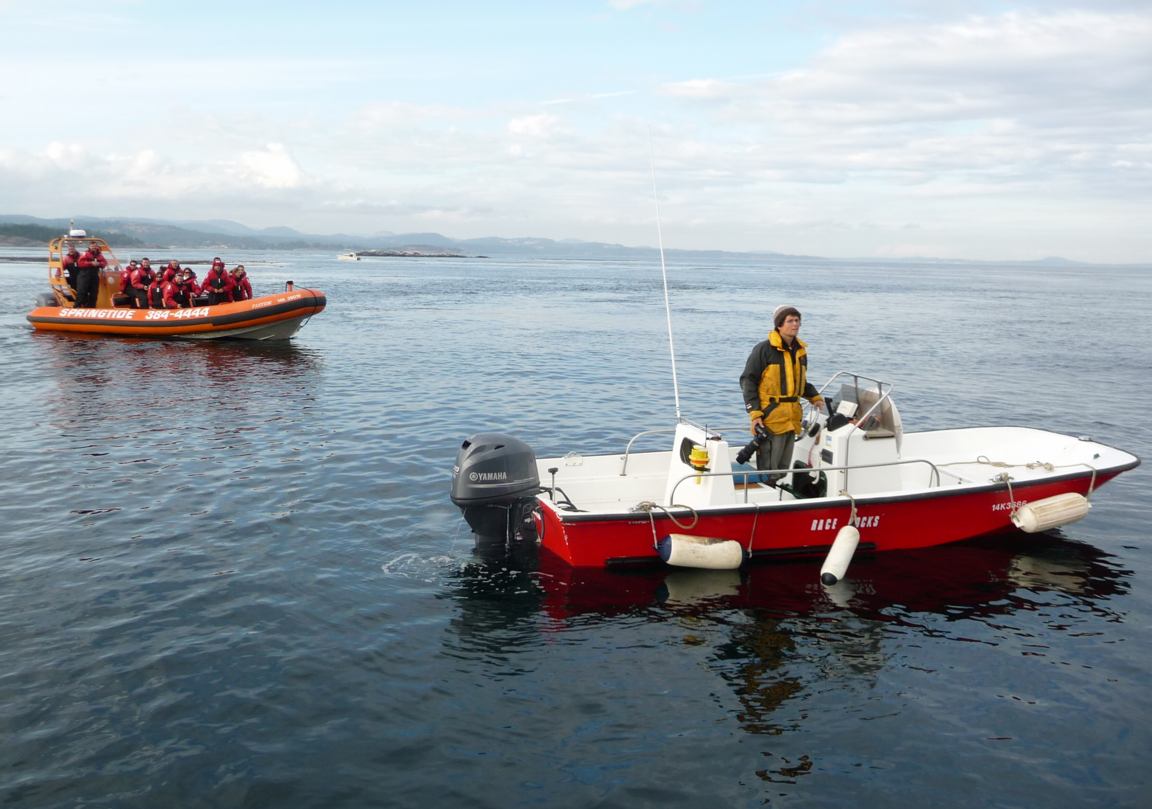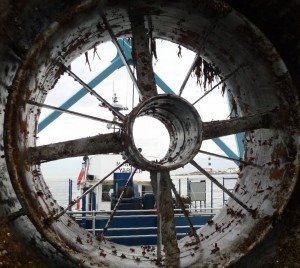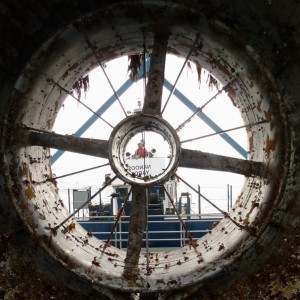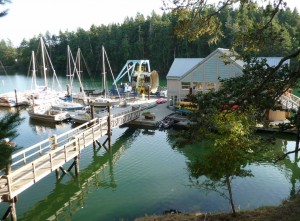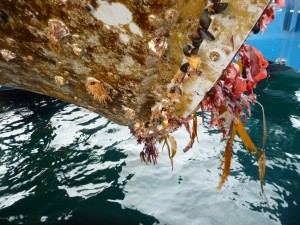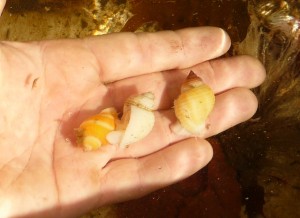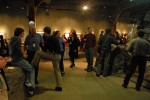Weather; beautifully calm most of the day. Sunny with the occasional cloud. Wind mostly southwest
Visitors to reserve: 1 kayaker at slack tide. Went around seal rocks. Caused a landslide of Stellar sea lions. 
No eco-tourism boats. Maybe the whales were in a different area?
Work: finished cleaning the lamp room and started sweeping the lighthouse stairs. chopped wood. what kept me VERY busy was the energy system which was drawing 2 kW instead of 1.2 kW (our usual load). I spent several hours trying to find something using that much draw. I had to start the generator at about 6 a.m. as the battery voltage was very low (large draw continued all night). Then I thought running the desalinator might solve the problem but neither seemingly did. It continued drawing between 1.6 and 2.1 until 3 pm and then it went down to 1.2. Greg believes charging up the battery from the generator may have reset things?
Observations:
Census
Elephant seals 7 (the male juvenile was away for several days this week but is back on Great Race)
Stellar sea lions 51 on south islands, none on Great Race today but over the last week there have been one or two here
California sea lions 8 on Great Race
Seals 60 on middle rocks
Gulls (western, glaucous-winged ) 236 counted from the lamp room on the island this morning
Pigeon guillemot 210, a large raft of them off seal rocks
Eagles 2 adult 2 immature
Cormorants 16

cormorants, double crested and pelagic
Oyster Catchers estimate 20
Harlequin ducks saw 5
Turnstones 32 very rough estimate, there are 8 on the grassy area around the house
Savannah sparrows I only ever see 4 at once but I see them constantly, that’s why I guess 20
Surf birds so well camouflaged but I would guess 20?
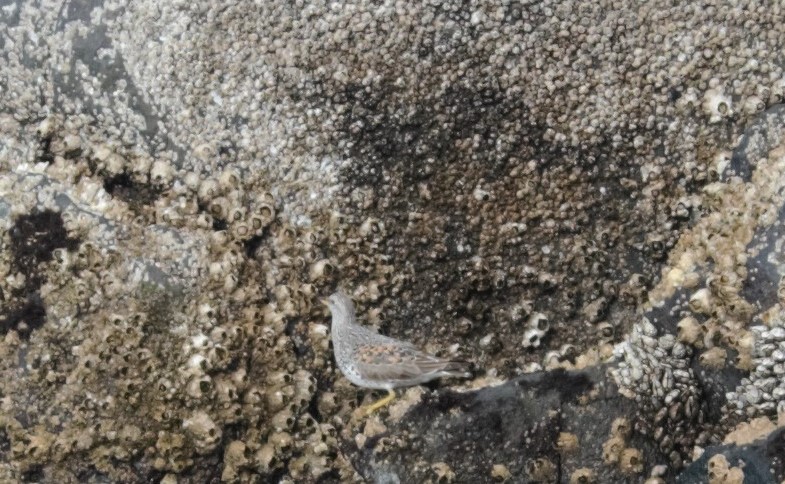
The following were seen this past week but not today,
Marbled godwit

Brown headed cowbird

brown headed cowbird
Sea otter

sea otter!
Orcas, transient or Biggs
one female and young, one or two males, one to three other adults
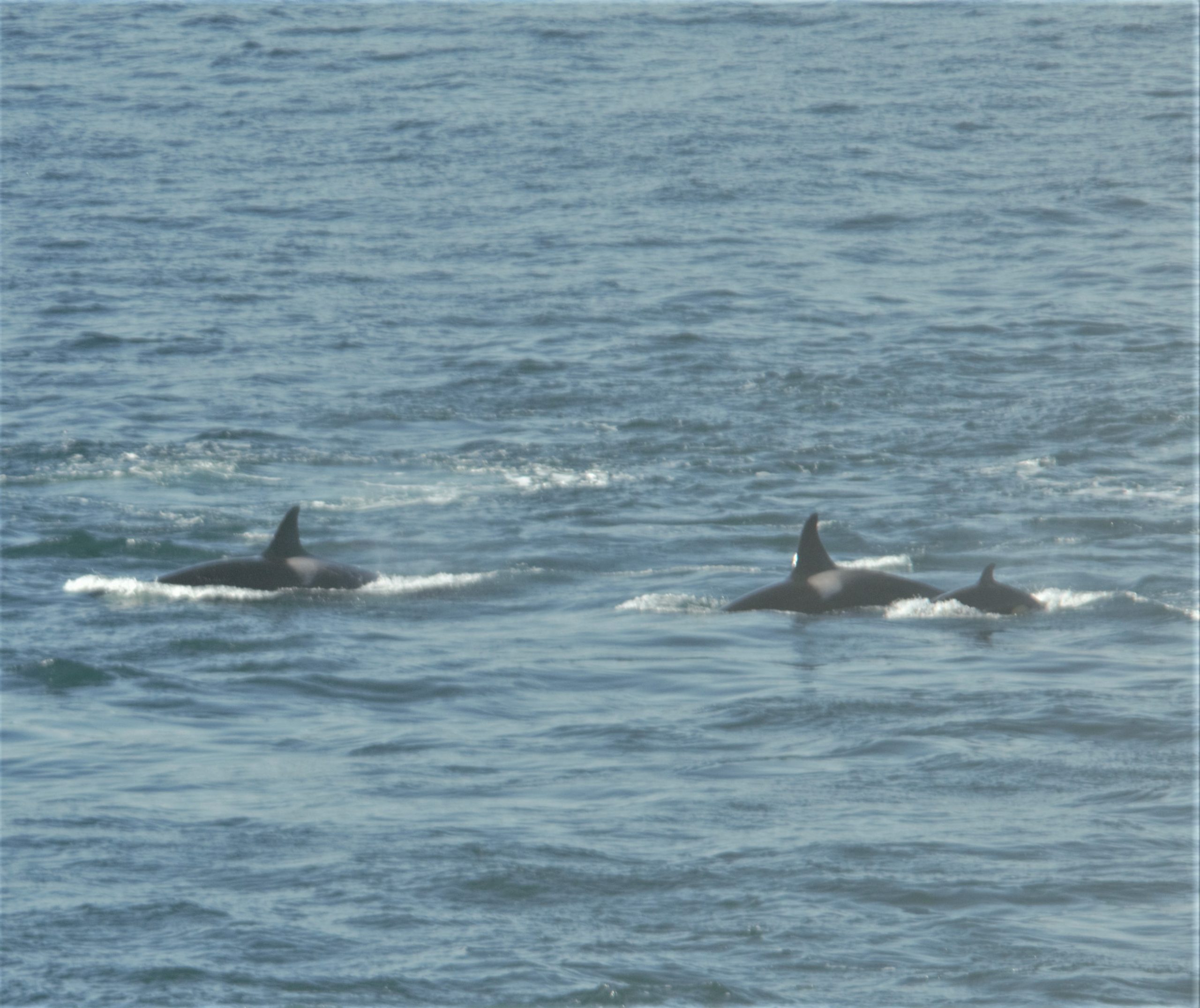
Birds I did not get a picture off but were here this week:
Northern Crow (today and yesterday, aggressively chased away!!)
Semipalmated plover x 1
purple martin x 1
CENSURED
it appears to me that the 6 moulting females may NOT be female. the 3 large adults appear female but the at least 2 of the 3 small may be male. Am I right?

Doesn’t this “female” appear male???

Here’s a female.

laughing?
